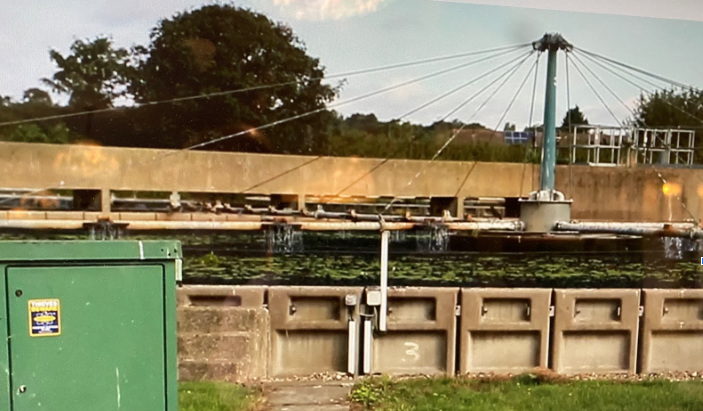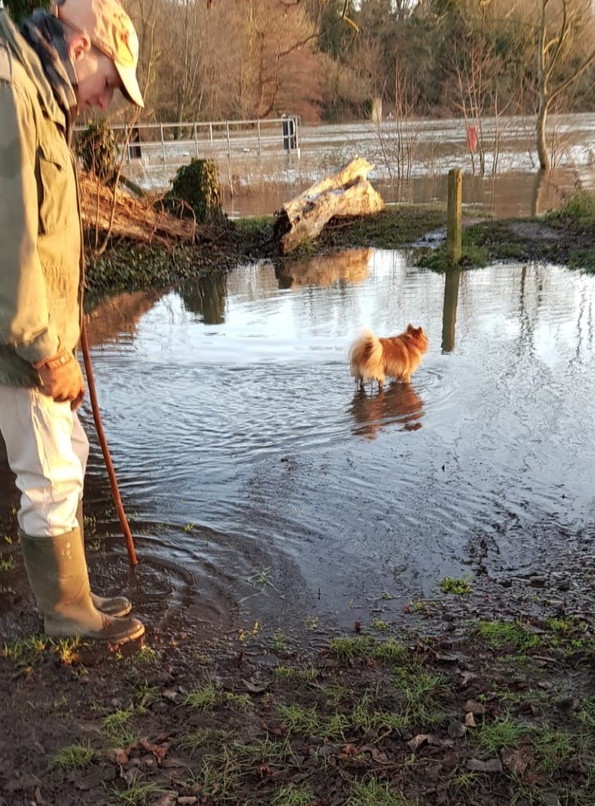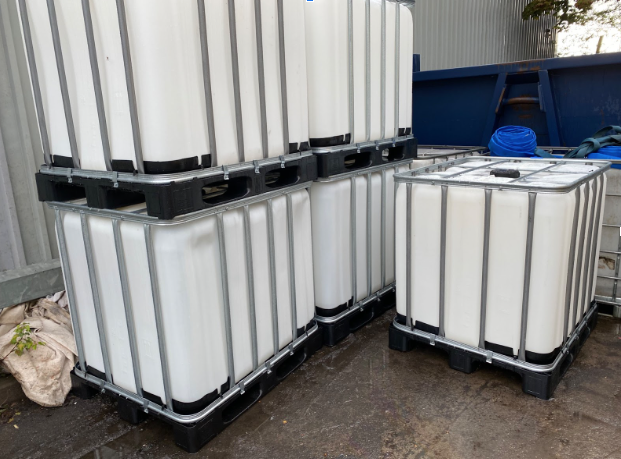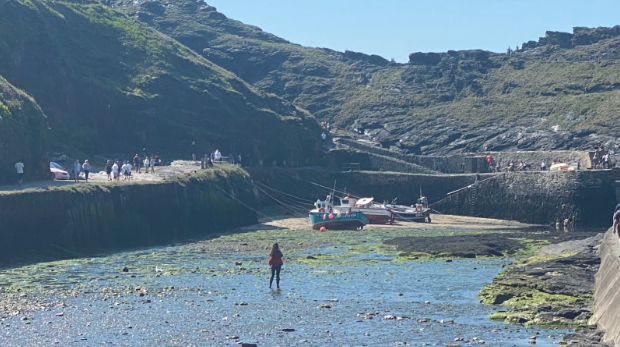Saving our land, sea and rivers from pollution!
At ASL Limited, we are passionate about dealing with rainwater, surface water, and roof water mixing with sewage to save the planet – by looking after our rivers, land, and seas.

I have found it difficult over the years but have continually tried, undeterred, to explain the detrimental effects of surface rainwater flooding our sewage systems. You can see how this occurs in the video at the bottom of this page.
Private sewage systems
In two years, the extra volume of rainwater in our sewage pipes will be too much for small treatment plants to handle. Sometimes more than four times the usual amount of water is getting in. It causes more disruption and far more expense, only for the homeowner to eventually realise (the third time it goes wrong: foul smells coming out of the treatment plant) a failed drainage field that is often polluting rivers for months. Eventually, they have to do the diversion work that could have been done in the first place to avoid it happening again.

Public sewage works
In the case of houses with rainwater connected to the sewers leading to the public treatment works, it is the same on a bigger scale. Only the homeowners sometimes see it as a convenience, a saving! They don’t want to pay out to have the correct setup. Allowing surface and roof water into the public sewers indirectly or directly damages our environment. The general public has not been told and is not being informed how damaging it is. Our culture needs a change, and our nation needs the education to save our land, rivers and seas.
Advantages for contractors
I don't understand why other drainage companies and builders that can subcontract the work are not looking to divert the roof water and surface water into the appropriate correct pipes, i.e. a drainage field, soakaway, or ditch.
It would be a hat trick win-win-win for the client, the company and the environment.
Understand it is slow to recognise
My own operators have taken a lot of persuading to see the importance of protecting the rivers and seas, so I do understand it isn’t easy – but that is no reason for us not to try.

Bringing it to clients' attention
I truly believe that I have lost work through bringing this subject of surface water and roof water to clients. Many customers believe there is no problem if the whole thing works so much as everything disappears; they're not looking for extra expense or disruption!
Roof and surface water pipes transport rainwater from gutters, patios, driveways, roads and fields to prevent flooding and protect our public and private sewage systems. If a homeowner has no idea what their surface water drainage set-up is, how can they know if they are adding to the problem?
A drop in the ocean
Homes and businesses are likely to be heavily contributing to the pollution of our rivers and streams by burying their heads in the sand and allowing rainwater to mix with sewage water during heavy downpours.
This extra amount of water leads to public treatment works, causing the dumping of so much excess water (mixed sewage and surface water) into the rivers and seas. What else are water companies to do with it if we are not even trying to stop it?
As individuals, we may see our ‘contribution’ to this as a drop in the Ocean. When you do the math, those drops add up from the millions of people in different villages, towns, and cities that make up the UK as a whole!
Toilets, showers, sinks, washing machines, dishwashers and baths! An average house of five occupants will produce sewage and wastewater of no more than a cubic meter (1000 Litres) per 24 hours. So you can imagine the effect of a heavy downpour that produces, sometimes four or five times that amount!
It is our sewage system taking away our waste, so if we all saw the bigger picture, maybe, just maybe, we could make a difference.

Indirect or direct rainwater into drains
If all the downpipes and surface water around a three-bedroomed house are connected to a public sewer, the volume can be more than five m³ per day.
Based on my personal experience of 40 years, not many drainage companies or house owners have much interest; therefore, no one is looking to put these things right.
A commentator on TV commented, “most sewers are combined as a legacy of 30 years ago” This sort of commentary encourages people to relax and blame the water authorities instead of thinking ‘maybe we should do something about it’.
Influencing the public authorities to build bigger water treatment plants rather than reducing the flow of surface water and roof water; is counterproductive. If we reduce the excess water going into the sewers, we wouldn’t need to be continually building bigger and bigger treatment plants. They would be the correct size for sewage flow, saving billions of public money.
Combined sewers
The foul sewer; there are more illegal combined sewers than legally combined sewers across our nation today.
Surface water shouldn’t discharge into the foul sewerage system unless specifically approved by Thames water: https://www.thameswater.co.uk/help/home-improvements/how-to-connect-to-a-sewer.
There are many rules and laws governing water companies trying to avoid new illegal connections of surface water and roof water from new basements, extensions, new builds and re-builds.
Water companies do not want surface and roof water into the sewage drains!
You cannot put surface water and roof water in the sewage pipe leading to the public sewage works if alternative options are available like soakaways, boreholes, streams, and rivers.

How can we ensure our surface water is not adding to the problem?
Builders often do what is convenient after they've built an extension, especially a below-ground build like a basement; some don't have much interest in the drains until a problem arises through a lack of planning or misconnection of the surface water and rainwater. Often they blame tenants or drainage companies when flooding occurs.
It would be far more prudent to have a survey carried out by a competent drainage person before the work starts but all too often, drainage gets forgotten until it’s too late.
We would like to educate people to take responsibility for insisting that any building works carried out on their property take drainage into account from the outset and to acquire written confirmation that the builders carrying out the work have checked, understood and planned for the correct drainage solution within the build.
If the builder is not willing to do this properly, how can you be sure they won’t be cutting corners elsewhere in your build? It won’t be them up to their knees in a mix of sewage and rainwater when it all goes wrong.
You have my admiration for your efforts in saving our rivers, sea, and land.
All the best from Gerry

